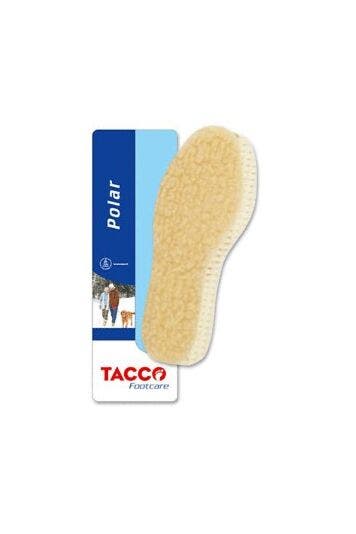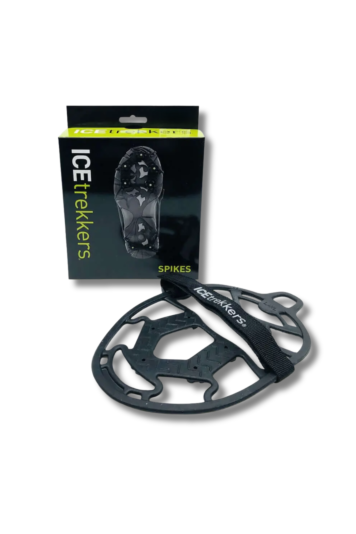What Winter Footwear is Right for You?
-
Erica E.
- Tips and Tricks
- Nov 16, 2023
- 548views

Choosing the right winter footwear takes more than picking the first one that catches your eye. You need to consider several factors to make sure you are getting the most out of your footwear during the cold wet months! There is nothing worse than having cold wet feet in the winter – let us help pick the best footwear for you!
Things to consider:
What are the weather conditions like where you are?
Winter weather can be totally different depending on where you live. Some conditions could be extremely cold, wet, or extra slippery. Picking the correct insulation, material and sole is important!
How long are you spending outside?
Are you looking for footwear to wear for short trips from the house to the car? Or maybe to take the dog for a long walk? Duration of time outside plays a factor into the insulation type you should look for. The less active you are while outside, the more insulation you will need to keep warm.
What kind of activities are you using them for?
Are you looking for a winter running shoe? Or something dressy to wear to the office? Needing a safety work boot with insulation? Or maybe something that is extremely easy to get on and off for someone with mobility issues? We have a variety of footwear with different features for all sorts of lifestyles and activities.
How do they fit?
There is nothing worse than having cold feet in the winter. If your boots are too snug, your feet will not be as warm! You need to allow room for circulation and for good winter socks. Footwear that is too tight may also cause foot pain. It is quite common to go up ½ a shoe size (or sometimes a full size depending on the brand) to have the adequate space. Width also comes into play with boots, and we carry winter boots up to an extra wide in both men’s and women’s styles.

Keep an eye out for:
Insulation:
Winter boots may come with different types of insulation. There is natural insulation (shearling, sheepskin, wool, etc.) and there is synthetic insulation (the top 2 manufactorers are Primaloft, and 3M which is Thinsulate). Synthetic insulation has some amazing technology behind it, making it extremely lightweight, durable, water resistant, and most importantly warm. Thinsulate specifically is also fire resistant, which is useful for people who work around fires. Primaloft has a strong focus on being environmentally friendly, and try to strictly use recycled materials. Overall, Thinsulate and Primaloft are designed to do the exact same thing, and they both do it well.
Many boots have a “comfort rating” or "gram" amount given to it, so you can have a rough idea of how warm they will be. If it is comfort rated to -25C, they should keep you toasty up to that temperature. If they have 200 grams of insulation, that means there is 200 grams of insulation per square meter of the boot. Keep in mind, boots do not generate heat, but good boots help retain your body heat. You will not generate body heat if you are inactive!
Sole Type:
The sole of a winter boot/shoe is extremely important as it can get very slippery in the winter depending on where you live. A basic non-slip sole would be made of 100% rubber, but there are different technologies between all the brands out there such as Vibram, Arctic Grip, and retractable grips. You can also add removable grips to your footwear to make slippery soles have more traction.
Removable Insoles:
We have many boots that come with removable insoles to accommodate your own orthotics! Having a boot with removable insoles is always a great option. You can also add extra warmth by getting a sheepskin lined insole, or add in an over the counter insole with better cushioning, or more arch support depending on your needs. For insulated insoles, click here!
Tip: To extend the life of your boots, pull the insoles out and let them air out!
Keep in mind, regardless of how good your boots are, your feet will be cold if your socks are damp. Wearing the proper socks in the winter makes all the difference between having warm or cold feet! Avoid 100% cotton socks and look for moisture wicking materials such as a blend with wool or bamboo.
Check out our warmest socks here!
Related Posts






















